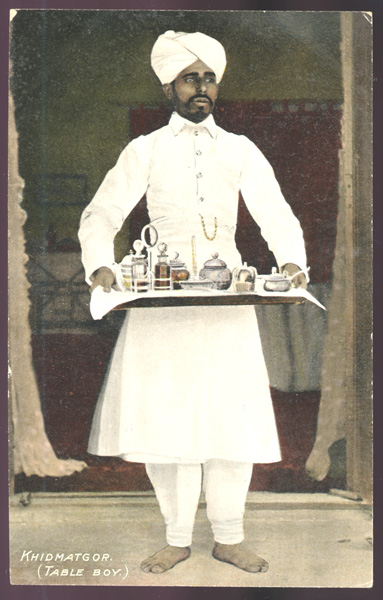
How brilliantly Sri Aurobindo, using Indic terms, makes the case for a new education.
First, he recognizes the problem. India faces a great deficiency of knowledge, which is the result of an education meager in quantity and absolutely vicious in method and quality. [1/12]
First, he recognizes the problem. India faces a great deficiency of knowledge, which is the result of an education meager in quantity and absolutely vicious in method and quality. [1/12]
He argues that education in its current form may create the accurate and careful scholar, the sober critic, the rationalist and cautious politician, the conservative scientist, that great mass of human intelligence which makes for slow and careful progress. [2/12]
It does not create the hero and the originator, the inspired prophet, the mighty builder, the maker of nations; it does not conquer nature and destiny, lay its hand on the future, command the world. [3/12]
He identifies the current education as a source of weakness. For the work of the future, it is imperatively necessary to create a center of thought & knowledge which will revolutionize the brain of the nation to as great an extent as its character. [4/12]
And how can the brains/minds be revolutionized? He answers this in his own style, by asking more questions;
What was the secret of that gigantic intellectuality, spirituality, and superhuman moral force which we see pulsating in the Ramayana and Mahabharata? [5/12]
What was the secret of that gigantic intellectuality, spirituality, and superhuman moral force which we see pulsating in the Ramayana and Mahabharata? [5/12]
What was at the basis of the incomparable public works and engineering achievements, the opulent and exquisite industries, the great triumphs of science, scholarship, jurisprudence, logic, metaphysics, the ancient philosophy, poetry, art, sculpture, and architecture? [6/12]
For Aurobindo, the first necessity for the building up of a great intellectual superstructure is to provide a foundation strong enough to bear it. The various faculties of memory, judgment, imagination, perception, reasoning, etc., need to be built. [7/12]
The ancient man knew that he was not separate from the universe, but only a homogeneous part of it, as a wave is part of the ocean.
An infinite energy, Prakriti, Maya, or Shakti, pervades the world, pours itself into every name and form. [8/12]
An infinite energy, Prakriti, Maya, or Shakti, pervades the world, pours itself into every name and form. [8/12]
All of us are a dynamo into which waves of that energy have been generated & stored, & are being perpetually conserved, used up, and replenished.
Knowing that you are an integral part of that universe, creates an ādhāra (base) on which further knowledge can be created. [9/12]
Knowing that you are an integral part of that universe, creates an ādhāra (base) on which further knowledge can be created. [9/12]
The continual improvement of the ādhāra & increase in quantity & complexity of action of the informing energy is the whole aim of evolution.
The energy,which is the basis of the operation of intelligence, is in ourselves & must be used to an extent practically unlimited [10/12]
The energy,which is the basis of the operation of intelligence, is in ourselves & must be used to an extent practically unlimited [10/12]
When that energy is the highest in-kind & the fullest in the amount of which the human ādhāra is capable, and the ādhāra itself is trained utterly to bear the play of the energy, then the man is a Siddha, the fulfilled or perfect man, the fulfilled or perfect man. [11/12]
~ From Early Cultural Writings of Sri Aurobindo, The Brain of India
In the next thread, we will look at the metaphysical theory of educating the mind that Sri Aurobindo proposed. [12/12]
In the next thread, we will look at the metaphysical theory of educating the mind that Sri Aurobindo proposed. [12/12]
• • •
Missing some Tweet in this thread? You can try to
force a refresh








